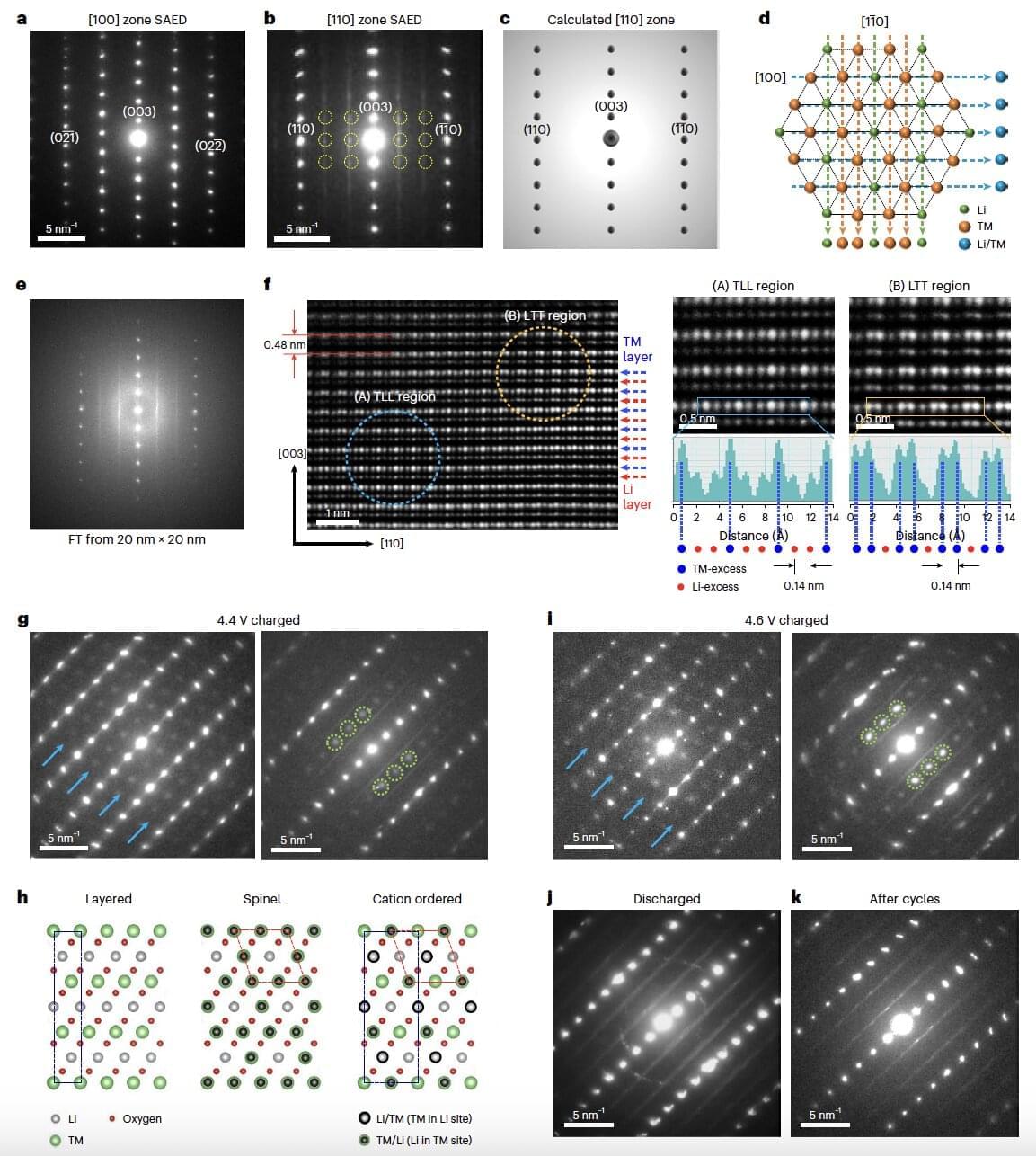Semiconductor quantum dots have been emerging as one of the most ideal materials for artificial photosynthesis. Here, we report the assembled ZnS-CdS hybrid heterostructure for efficient coupling cooperative redox catalysis toward the oxidation of 1-phenylethanol to acetophenone/2,3-diphenyl-2,3-butanediol (pinacol) integrated with the reduction of protons to H2. The strong interaction and typical type-I band-position alignment between CdS quantum dots and ZnS quantum dots result in efficient separation and transfer of electron-hole pairs, thus distinctly enhancing the coupled photocatalyzed-redox activity and stability. The optimal ZnS-CdS hybrid also delivers a superior performance for various aromatic alcohol coupling photoredox reaction, and the ratio of electrons and holes consumed in such redox reaction is close to 1.0, indicating a high atom economy of cooperative coupling catalysis. In addition, by recycling the scattered light in the near field of a SiO2 sphere, the SiO2-supported ZnS-CdS (denoted as ZnS-CdS/SiO2) catalyst can further achieve a 3.5-fold higher yield than ZnS-CdS hybrid. Mechanistic research clarifies that the oxidation of 1-phenylethanol proceeds through the pivotal radical intermediates of • C(CH3)(OH)Ph. This work is expected to promote the rational design of semiconductor quantum dots-based heterostructured catalysts for coupling photoredox catalysis in organic synthesis and clean fuels production.
Copyright © 2023 Lin-Xing Zhang et al.








